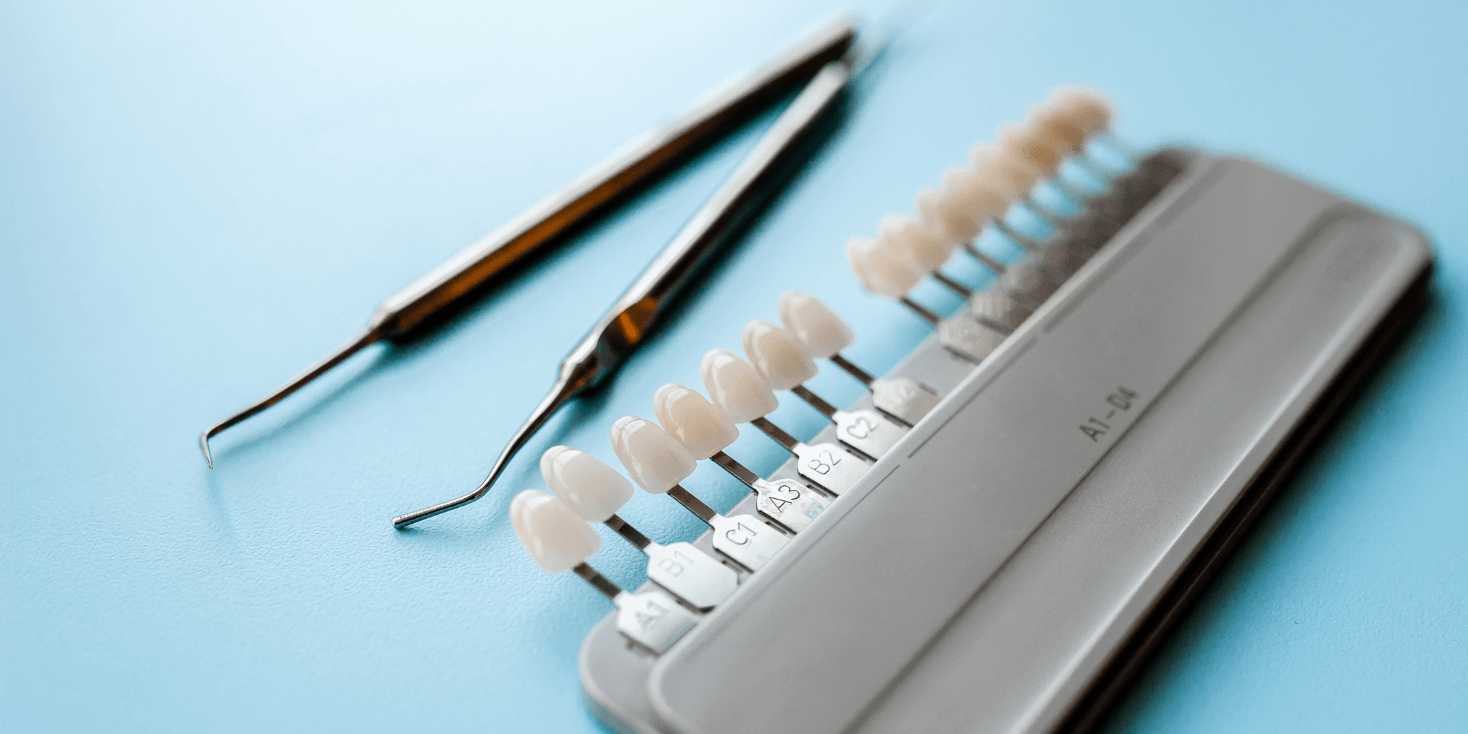
Table of Contents
Get Dental Catalogue PDF On Your Email
Gracey Curette 15/16 vs. 17/18: Identifying the Differences and Best Applications
Dental care relies heavily on the right tools used by dentists and dental hygienists. One of the most important instruments in this field is the Gracey curette. These specialized tools play a vital role in cleaning teeth and promoting gum health. In this blog post, we will compare the Gracey curette 15/16 and the Gracey curette 17/18. We’ll look at their differences, specific uses, and guidance on when to choose one over the other. This will help you appreciate their significance in maintaining dental hygiene.
What is a Gracey Curette?
A Gracey curette is a specialized dental instrument designed for periodontal procedures. Its unique design allows dental professionals to access hard-to-reach areas, such as deep gum pockets, while scaling and root planing. This makes Gracey curettes an essential tool for treating gum disease and maintaining overall oral health. For more information on various dental instruments, visit Dental Catalogue Book.
Key Features of Gracey Curettes
Gracey curettes have several defining features:
- Curved Blade: The blade is designed to be curved, allowing easy access to various tooth surfaces.
- Long Handle: The long handle provides better control and support, enabling the dental professional to apply pressure easily.
- Specific Angles: Different Gracey curettes have unique angles tailored for specific areas in the mouth. This is where the distinction between the 15/16 and 17/18 curettes becomes important.
Understanding Gracey Curette 15/16
The Gracey curette 15/16 is designed primarily for the mesial surfaces of the posterior teeth. Its unique shape allows dental professionals to clean the front side of the molars and premolars easily.
Key Features of Gracey Curette 15/16
- Angle and Design: The curette has a specific angle that allows it to reach the mesial surfaces easily. This is essential for thorough cleaning and treatment of gum disease in these areas.
- Blade Shape: The blade is sharp and curved, making it efficient for scaling and removing plaque and calculus.
Understanding Gracey Curette 17/18
The Gracey curette 17/18 is specifically designed for the distal surfaces of posterior teeth. Its unique curvature enables dental professionals to access and clean the back sides of the molars more easily.
Key Features of Gracey Curette 17/18
- Curvature: The blade of the 17/18 has a more pronounced curve than the 15/16, allowing it to navigate around the back of the last molars smoothly.
- Blade Design: The slender blade design makes it easier to access tight spaces in the mouth, ensuring thorough cleaning.
Comparing Gracey Curette 15/16 and Gracey Curette 17/18
While both Gracey curettes serve similar purposes, they are tailored for different applications. Here’s a comparison of their main differences:
Purpose
- Gracey Curette 15/16: This tool is ideal for cleaning the mesial surfaces of molars and premolars. It is particularly useful for scaling in the front sections of the mouth.
- Gracey Curette 17/18: This curette specializes in cleaning the distal surfaces of posterior teeth, making it especially helpful for the back of the mouth.
Angle and Design
- Gracey Curette 15/16: The angle is designed to accommodate various tooth surfaces in the anterior and mesial regions.
- Gracey Curette 17/18: Its specific angle allows for better access to the back teeth, making it a more targeted tool.
Application in Periodontal Treatment
Both curettes are vital for periodontal treatment but have different applications. For example, during a routine cleaning, a dental hygienist may use the 15/16 curette to clean the mesial surfaces of the teeth. However, if a patient has gum issues around the molars, the hygienist may switch to the 17/18 for easier cleaning.
When to Use Gracey Curette 15/16 and 17/18
Use the Gracey Curette 15/16 When:
- Cleaning the mesial surfaces of molars and premolars during routine check-ups.
- Treating gum disease in the front sections of the mouth.
Use the Gracey Curette 17/18 When:
- Cleaning the distal surfaces of molars, particularly in patients with deeper gum pockets.
- Focusing on the back teeth where access can be challenging.
Importance of Choosing the Right Curette
Choosing the right tool is crucial for proper dental treatment. The Gracey curette 15/16 and the Gracey curette 17/18 are both important, but each has unique features that make them suitable for specific tasks. Using the wrong instrument can lead to poor cleaning or potential damage to teeth and gums.
Maintenance of Curettes
Proper maintenance of dental instruments, including curettes, is vital for ensuring their longevity and usability. Here are some tips:
- Regular Sterilization: Always sterilize instruments after each use to prevent infections.
- Inspect for Damage: Regularly check curettes for any signs of wear or damage. A damaged curette can cause harm during treatment.
- Proper Storage: Store curettes in a clean, dry place to maintain their sharpness and hygiene.
Conclusion
In summary, understanding the differences between the Gracey curette 15/16 and the Gracey curette 17/18 is essential for proper dental treatment. Each tool has its unique features and applications, making them suited for specific situations. When dental professionals use these instruments correctly, they can significantly improve their patients’ oral health.
For more information on dental instruments and their uses, consider checking out resources on periodontal tools or scaling and root planing techniques. Understanding these tools will help you appreciate the importance of professional dental care and the instruments used to maintain your oral health.

